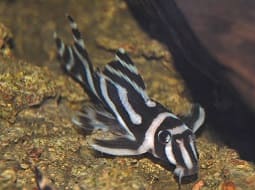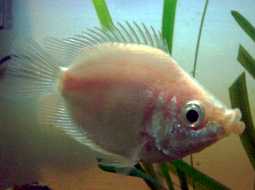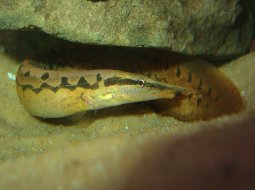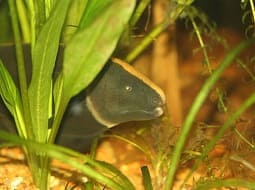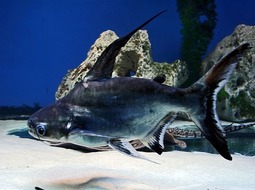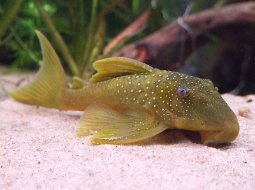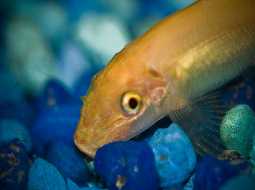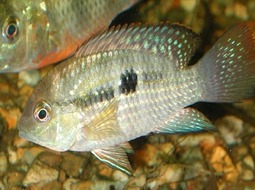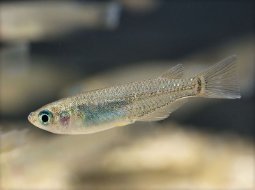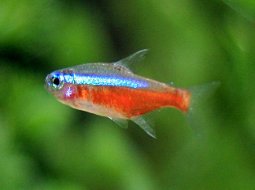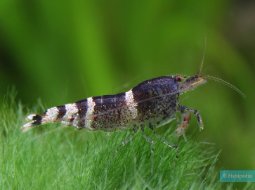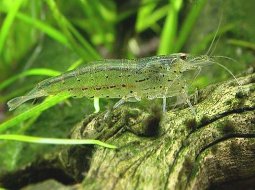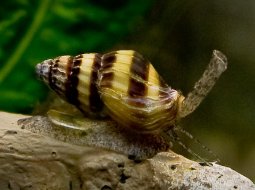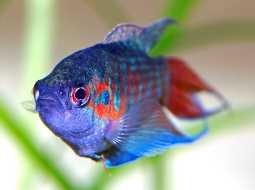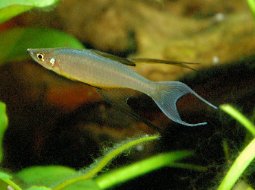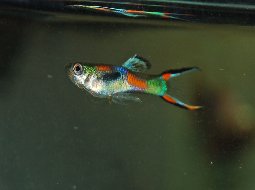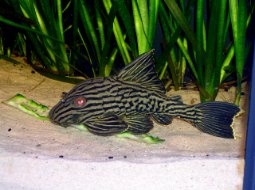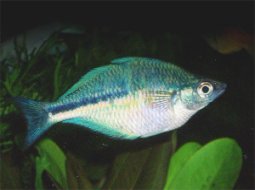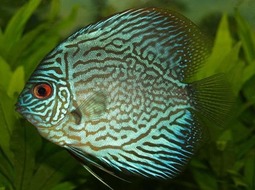
Loading Aqualapp ...
Care and Compatibility of Bala Shark - Balantiocheilus melanopterus
Introduction
The Balantiocheilus melanopterus, also known as the Silver Shark or Bala Shark, is a freshwater fish species native to Asia. It has an elongated and fusiform body, with a silver coloration and a long, pointed dorsal fin. Its eyes are large, and it has an inferior mouth position. It reaches a maximum size of approximately 15-20 centimeters in captivity. Its unique appearance and active behavior make it an attractive fish for community aquariums.
Behavior
The Balantiocheilus melanopterus, commonly known as the Silver Shark or Bala Shark, is an active and swimmer fish. It is characterized by its elegant appearance and shark-like swimming style. It is a peaceful and sociable fish that gets along well with other species of similar size. It can be territorial, especially during feeding, so it is important to provide enough space and hiding spots for each individual. It is recommended to keep them in groups of at least 3-4 individuals to promote their social well-being.
Sexual Dimorphism
Sexual dimorphism in Balantiocheilus melanopterus is minimal and difficult to distinguish. Both males and females have a similar appearance.
Reproduction
The reproduction of the Silver Shark in the aquarium environment can be challenging and is not frequently achieved. It is an oviparous fish, and males are responsible for building nests to deposit the eggs. After spawning, the parents do not provide parental care, and the eggs and fry are likely to be consumed by other fish in the aquarium. Successful breeding may require specific water conditions and proper feeding. For those interested in breeding this species, it is recommended to further research and seek advice from experienced aquarium hobbyists.
Aquarium Conditions
Balantiocheilus melanopterus, commonly known as the bala shark, is a freshwater fish that requires a spacious aquarium with plenty of room to swim. It prefers soft and slightly acidic water. Aquarium décor should include large rocks and abundant vegetation. Maintaining water quality is crucial and providing a varied diet.
Feeding
The Silver Shark is an omnivorous fish that feeds on a variety of foods. In its natural habitat, it primarily feeds on insects, crustaceans, and small fish. In the aquarium, it will accept commercial foods in the form of flakes, pellets, and live or frozen foods such as daphnia, brine shrimp, and mosquito larvae. It is also beneficial to include vegetables in its diet, such as spinach or algae, to provide a balanced diet. It is recommended to feed it multiple times a day in small amounts to avoid obesity issues.
Complexity
Caring for Balantiocheilus melanopterus can be moderately challenging. They are peaceful fish but can grow to a considerable size, requiring a large aquarium and powerful filtration. They mainly feed on vegetable matter, but also accept live and frozen foods. It's important to keep them in groups.
In case you need more help, or if you want to know into any topic related to the Balantiocheilus melanopterus (Bala Shark) and even any other species you can use the forums to ask what you need.
To do an analysis more detailed about coexistence and behavior of Balantiocheilus melanopterus (Bala Shark) use the Aquarium simulation tool, if you do this you can test different ways to combine the Bala Shark with other fishes giving the dimensions and space on you aquarium, on this way you can known the optimal configuration for keep the fishes that you want.
You can also find out the 64 species compatible with the Balantiocheilus melanopterus (Bala Shark) can live together.
Note: The parameters of the water such as PH and temperature are also used to calculate the compatibility of the species.
Compatible species (64)
Compatible (20 Species)
Compatible without any restriction
They like to swim in schools, so you should have several specimens of the same species, however, as they are large fish, a really large aquarium will be needed to keep several Tricolor sharkminnows sharing the aquarium.
Knowing Yourself From Small (1 Species)
They can live together if they have known each other since they were very small, that is, they grew up and grew up together. it does not work in all cases, there may be exceptions.
Similar Sizes (8 Species)
They can coexist if they are the same size or very similar sizes, it does not work in all cases, there may be exceptions.
With Reservation (8 Species)
Compatible in some cases, it depends on the nature and personality of the fish.
Considerable size difference (25 Species)
They can coexist while they are similar in size or the size difference is not very abysmal, since as the fish grows it increases the chances of eating its partner that did not grow much.
Compatible if space is enough (2 Species)
They can coexist together if the aquarium they share is large and spacious enough for both species to feel good, as some fish may attack others to feel that they have little space and try to eliminate the competition.
Bala Shark
Balantiocheilus melanopterus
- Ph: 6.5 - 7
- Temperature (c°): 22 - 28
- Measures: 35 cm - 40cm
- Aquarium Capacity:
80 Liters - 21 Gallons - Alimentación: Carnivores, Omnivores
- Colores: Black, White
- Comportamiento: Active, Peaceful
- Habitad: Asian
- Preferencias del Acuario: Logs, Natural plants, Rocks
- Tamaño: Big
- Taxonomía: Fish
- Tipo de Agua: Sweet water, Tropical waters
- Velocidad de nado o movimiento: Normal
- Zona de Nado: Swim in the middle of the aquarium

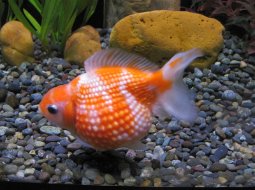



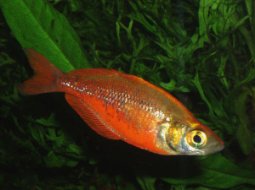

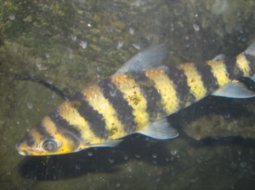
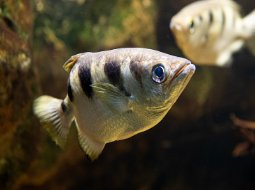
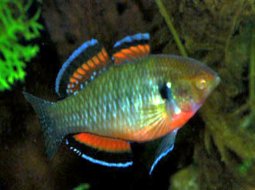


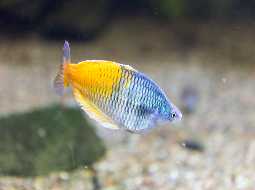
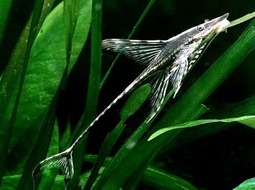
.jpg)


